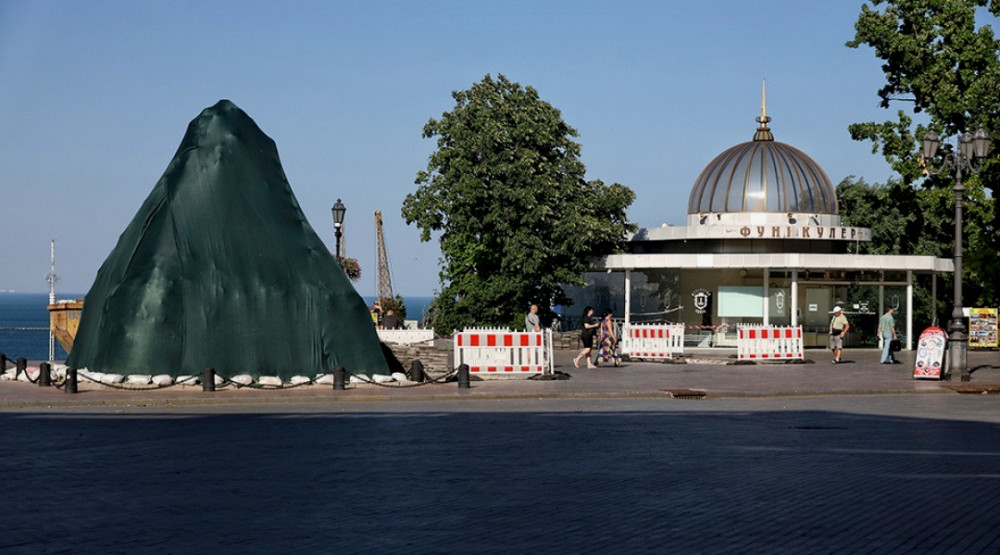Excavations have resumed on Primorsky Boulevard near the Duke's monument in Odesa. Students from the South Ukrainian National Pedagogical University named after Ushinsky and researchers from the Institute of Archaeology of the National Academy of Sciences of Ukraine are leading the work.
As reported by a Ukrinform correspondent, the rector of the university, Andriy Krasnozhon, stated that in 2021, ground-penetrating radar studies revealed an anomaly unrelated to modern communications. Follow-up studies conducted in the spring of 2025 confirmed this finding.
“We now know exactly what lies beneath the Duke. There are cultural layers dating back 2500 years. These are the remains of the ancient Greek colony of Histrian Harbor, established in the 6th century BC and lasting for about 300-400 years,” Krasnozhon explained.
In the excavation, the team found several household pits and many distinct fragments indicating the presence of residential structures during ancient Greek times.
“We discovered that the ancient Greeks lived near the Vorontsov Palace. In the northern part of Primorsky Boulevard, we did not find a Greek layer, but it suddenly appears robustly near the Duke's monument,” he added.
Archaeologists also uncovered a unique fragment of red-gloss ceramic from the Roman period, marking the first such find in decades of research at the site.
“It was previously believed that there was only a Greek settlement from the 5th to 3rd century BC in the area. Now, we are recording the first signs of possible human presence during the Roman Empire,” said the historian.
Researchers were also surprised to find a large amount of material from the 14th century, particularly a distinctive fragment of a bowl with geometric patterns.
“This indicates that there was a trading post here. Imported items could only have arrived by sea. Likely this was the Italian trading post of Ginistra. This find also confirms that we need not question how old Odesa is. Every new shovelful yields new datings,” Krasnozhon noted.
The excavation also revealed remains of a civil structure made of heavy stone blocks.
“We know that somewhere around here stood the stone fortress of Khadjibey. I can say with high probability that these blocks were moved during the dismantling of the fortress,” Krasnozhon remarked.
The team plans to begin work on a new excavation on Primorsky Boulevard next week.









